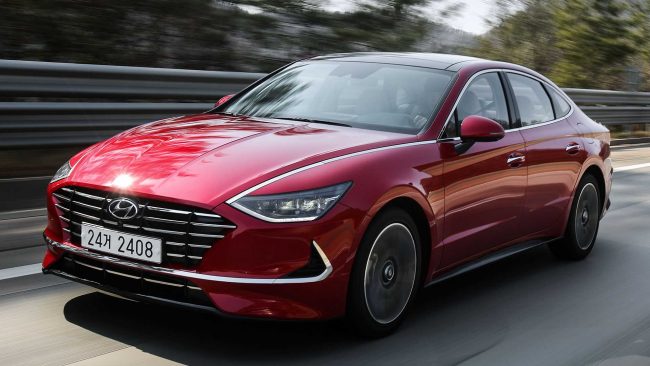
Hyundai Sonata engines
Content
The biography of this car is very similar to the birth and development of the popular sedans of the Japanese auto corporation Toyota. This is not surprising - the countries are located very close to each other. The rapid development of the capitalist model of introducing production technologies and business management quickly bore fruit - the Hyundai Sonata car conquered the eastern hemisphere. The bosses of the company realized that it was hard to compete with the Japanese in a right-hand drive configuration. Therefore, Sonata, starting from the second generation, “left to conquer” America and Europe.

History of creation and production
In this car, various classes and segments are intricately intertwined. Sonata belongs to "Large family car" (D) according to EuroNCAP. According to the overall dimensions of the EU encoding, this is an “Executive cars” of class E. Of course, this car is also produced in trim levels that can be safely attributed to the business class.
- 1 generation (1985-1988).
The first rear-wheel drive sedans of the Sonata d model in 1985 became available to residents of Korea and Canada (Hyundai Stellar II). The release of the car lasted a little over three years. The US authorities did not give permission for its import into the country due to the fact that the engine emitted more exhaust gases into the atmosphere than was allowed by national environmental regulations.
The only country in the Eastern Hemisphere where the first right-hand drive Sonata sedans hit was New Zealand. In the basic configuration under the hood was a 1,6-liter Japanese four-cylinder engine manufactured by Mitsubishi and a 5-speed manual transmission. It was possible to install a three- or four-speed Borg Warner automatic transmission.
- 2 generation (1988-1993).
The Y2, as the new series was coded since 1988, became part of Hyundai's business project to expand the company's marketing aggression in Western Hemisphere markets. Instead of a rear-wheel drive version, Hyundai designers and Mitsubishi engine builders designed a front-wheel drive car with an engine whose fuel system did not work with a carburetor, but with an injection method. The 2nd generation Sonata was similar in design to the Japanese Mitsubishi Galant.
The car was first shown to the general public in Korea on June 1, 1987. Further introductions:
- 1987 (Canada) - 1988 model;
- 1988 (USA) - 1989 model;
- 1989 (Australia) - 1989 model.


Watch this video on YouTube
The car body was designed by Italdesign's Giorgetto Giugiaro. Two years before the end of this series, the car was restyled for the first time.
- The design of the seats, console and dashboard has been changed. For the first time, the so-called "polite lighting" was used as the main option.
- The G4CS engine was replaced by a range of two-liter G4CP (CPD, CPDM) engines. In the configuration with the 6-cylinder G6AT engine, the ABS option became available to customers. The design of the radiator grille and direction indicators has been changed.

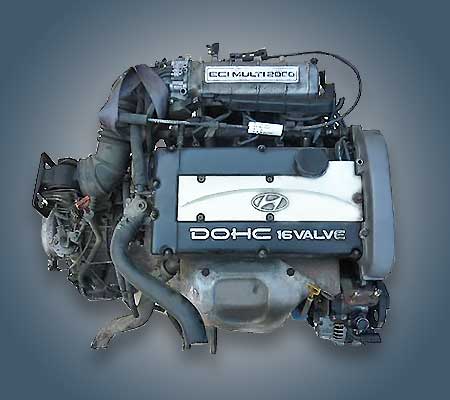 G4CP engine
G4CP engine - Body color options have been added and new front air intakes have been installed.
The exceptionally successful chassis design in the process of facelift has not undergone any changes.
- 3 generation (1993-1998).
A new serial modification was introduced in 1993, advertised for two years in advance - as a car in 1995. The car received several main engines:
- 2,0 l / 126 hp;
- 2,0 l / 139 hp;
- 3,0 l. / 142 hp
Transmission - 5-speed "mechanics", or 4-speed automatic transmission.
After the closure of production in the Canadian city of Bromont, assembly was carried out entirely in Korea, until the opening of a new plant in Beijing in late 2002. The facelift in 1996 made the 3rd generation Sonata one of the most recognizable cars in the world, thanks to the interesting design of the front lighting headlights.
- 4 generation (1998-2004).
A distinctive feature of the machines of this period is a ten-year warranty service offered nowhere else in the world. For the first time, engines of the Korean assembly of the Delta series began to be installed under the hood of the car. The car immediately received two clones outside of South Korea. KIA Optima and KIA Magentis (for sales outside the USA).


Watch this video on YouTube
From 2004 to 2011, the 4th generation Hyundai Sonata was assembled in the Russian Federation (TaGAZ plant in Taganrog). Despite the "sedan" layout of the body and chassis, it was this Sonata that became the basis for developing the platform for a completely new Korean car - the Santa Fe family crossover.
- 5-7 generations (2004-present).
In the new century, the design of the Sonata line has evolved rapidly. The abbreviation NF was added to the name of the car. The body of the new series of engines began to be made entirely of light aluminum alloy. Finally, diesel versions appeared, the sale of which was organized by Hyundai bosses in New Zealand, Singapore and the EU countries. After the Chicago Auto Show in 2009, the car for some time began to be positioned as the Hyundai Sonata Transform.
Since 2009, the car has been built on the new YF / i45 platform. The last decade is characterized by significant changes in the line of power plants. Six-speed automatic transmissions came into vogue. Since 2011, buyers in Korea and the United States have become available versions of the 6th generation Sonata with a hybrid engine, which included a 2,4-liter gasoline engine and a 30-kilowatt electric motor.


Watch this video on YouTube
The assembly of front-wheel drive D-class cars of the newest version (Hyundai-KIA Y7 platform) has been carried out at three auto enterprises since 2014:
- Asan (South Korea);
- Beijing (China);
- Montgomery (USA).
The level of technical development and the "advancement" of the project allowed the designers to master the installation of a 7-speed automatic transmission. Lively, elegant, as if striving forward, Korean designers called the car "flowing sculpture."
Engines for Hyundai Sonata
The car of this model differs from other Korean counterparts in that for a quarter of a century, almost the largest number of units has been under its hood - 33 modifications. And this is only on serial machines of 2-7 generations. Many engines turned out to be so successful that they were repeatedly modified for different power (G4CP, G4CS, G6AT, G4JS, G4KC, G4KH, D4FD), and stood on the conveyor for 2-3 series in a row.
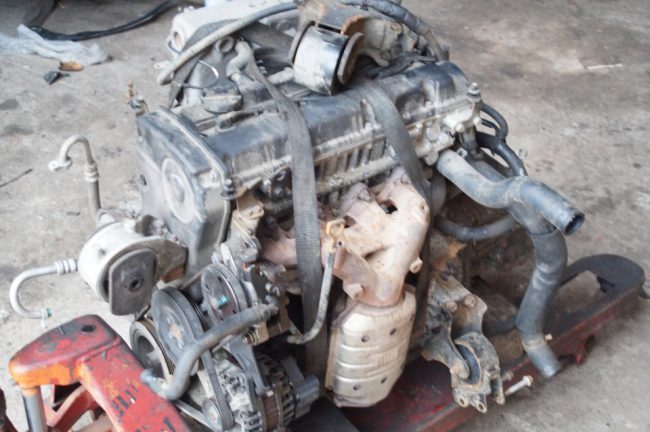

Another feature of the power plants for the Hyundai Sonata: the first turbine was installed on the G6DB engine (3342 cm3 working volume) only for the fifth generation Premier Standard in 2004. Before that, without exception, all cars were produced with conventional internal combustion engines. By the way, this 3,3-liter engine would have remained the most powerful in the Sonata line, if not for the unique G4KH unit, which the engineers managed to bring to 274 hp. with a cylinder volume of "only" 1998 cm3.
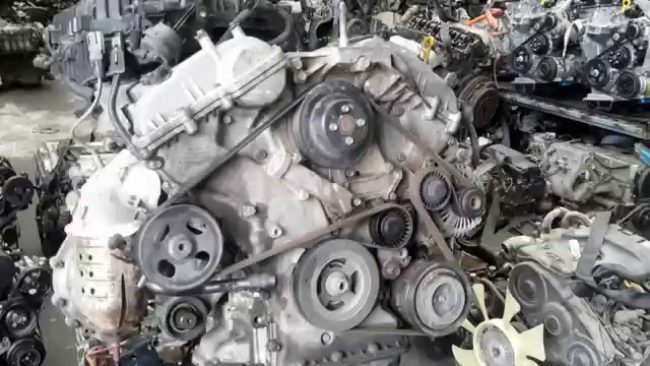

| Marking | A type | Volume, cm3 | Maximum power, kW / h.p. |
| G4CM | petrol | 1796 | 77/105 |
| G4CP | –:– | 1997 | 82/111, 85/115, 101/137, 107/146 |
| G4CPD | –:– | 1997 | 102/139 |
| G4CS | –:– | 2351 | 84 / 114, 86 / 117 |
| G6AT | –:– | 2972 | 107 / 145, 107 / 146 |
| G4CM | –:– | 1796 | 81/110 |
| G4CPDM | –:– | 1997 | 92/125 |
| G4CN | –:– | 1836 | 99/135 |
| G4EP | –:– | 1997 | 70/95 |
| G4JN | –:– | 1836 | 98/133 |
| G4JS | –:– | 2351 | 101 / 138, 110 / 149 |
| G4JP | –:– | 1997 | 98/133 |
| G4GC | –:– | 1975 | 101/137 |
| G6BA | –:– | 2656 | 127/172 |
| G4BS | –:– | 2351 | 110/150 |
| G6BV | –:– | 2493 | 118/160 |
| G4GB | –:– | 1795 | 96/131 |
| G6DB | turbocharged petrol | 3342 | 171/233 |
| G4KA | petrol | 1998 | 106/144 |
| G4KC | –:– | 2359 | 119/162, 124/168, 129/175, 132/179 |
| G4KD | –:– | 1998 | 120/163 |
| G4KE | –:– | 2359 | 128/174 |
| 4EA | turbocharged diesel | 1991 | 111/151 |
| L4KA | gas | 1998 | 104/141 |
| G4KK | petrol | 2359 | 152/207 |
| G4KH | turbocharged petrol | 1998 | 199 / 271, 202 / 274 |
| G4NA | petrol | 1999 | 110/150 |
| G4ND | –:– | 1999 | 127/172 |
| G4NE | –:– | 1999 | 145/198 |
| G4KJ | –:– | 2359 | 136/185, 140/190, 146/198, 147/200 |
| D4FD | turbocharged diesel | 1685 | 104/141 |
| G4FJ | turbocharged petrol | 1591 | 132/180 |
| G4NG | petrol | 1999 | 115/156 |
Oddly enough, the engines of the Sonata line were not particularly popular in other Hyundai models. Many of them were never installed on other Hyundai modifications. Only 4 out of 33 engine brands got more than four Hyundai modifications at the turn of the 6th and 4st centuries - G4BA, D4EA, GXNUMXGC, GXNUMXKE. However, Mitsubishi engines were actively used by other car manufacturers. But more on that below.
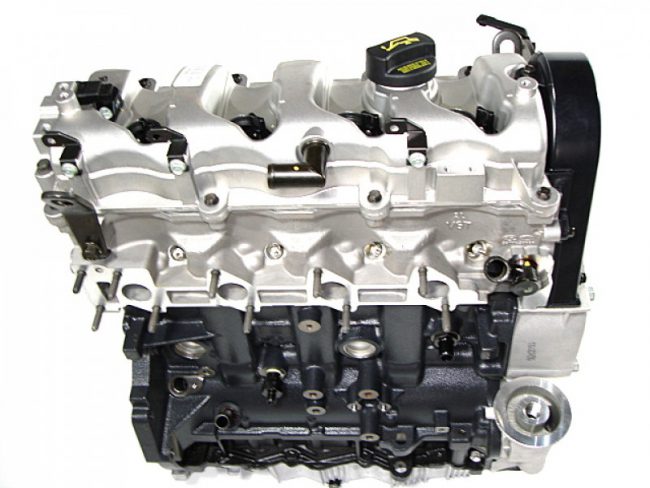

The most popular motor for Hyundai Sonata
It is extremely difficult to choose the motor most often used in the Sonata. Over the years of production, the car was produced in one and a half hundred trim levels. In the new century, there is one engine that is more common than others in various versions of the car. Its marking is G4KD. The four-cylinder injection engine of the Theta II family has been produced since 2005 by the Mitsubishi / Hyundai / KIA consortium. Total volume - 1998 cm3, maximum power - 165 hp. The unit is designed for Euro 5 environmental standards.


An upgraded version of the Magentis G4KA atmospheric engine has a number of features:
- aluminum block of cylinders;
- two shafts inside the cylinder head (DOHC scheme);
- variable valve timing system CVVT;
- phase shifters on two camshafts;
- steel exhaust manifold, polymer intake manifold.
However, for all its modernity and excellent performance, the unit has not avoided minor flaws. At 1000-2000 rpm, vibration is noticeable, which should be eliminated by replacing the candles. A slight hiss in the direction of travel is due to the peculiarities of the operation of the fuel pump. Diesel before warming up is a disadvantage of all Japanese-designed engines.
It should be noted that the machines supplied to Europe use a lower power motor (150 hp). ECU firmware tuning is made at the KIA Motors Slovenia plant. In addition, the release is carried out in Korea, Turkey, Slovakia and China. Fuel consumption:
- in the garden - 9,3 liters;
- outside the city - 5,6 liters;
- combined - 7,0 liters.
The declared motor resource of 250 thousand km, in reality, is easily transformed into 300 thousand km.
Perfect engine for Hyundai Sonata
But the next question suggests an immediate answer - of course, G6AT. The 6-cylinder V-shaped unit lasted 22 years on the assembly line (1986-2008). A clone of the Japanese 6G72 engine was put under the hood of their cars by manufacturers of the world's best brands: Chrysler, Doodge, Mitsubishi, Plymouth. It was produced at factories in South Korea and Australia in eight- and sixteen-valve versions, with one (SOHC) and two (DOHC) camshafts.
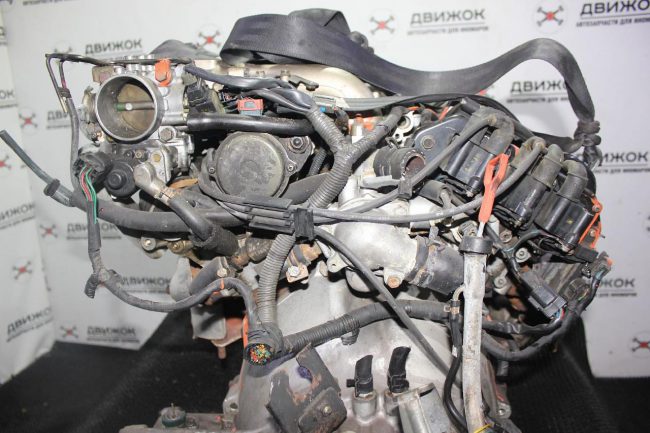

The working volume of the engine is 2972 cm3. Power varies from 160 to 200 hp. The maximum torque is 25-270 Nm, depending on the version of the power plant. Timing belt drive. Manual valve clearance adjustment is not performed, since a hydraulic compensator is installed. Given that the cylinder block is cast iron, the weight of the motor is almost 200 kg. For those who decide which engine to put under the hood of the Hyundai Sonata, the biggest disadvantage of the G6AT is its high fuel consumption:
- in the garden - 18,3 liters;
- outside the city - 10,5 liters;
- combined - 13,5 liters.
Another disadvantage is excessive oil consumption. If the throttle is allowed to become dirty, the appearance of floating revolutions is inevitable. To maintain the engine in good condition, it is necessary to decoke, replace spark plugs and clean the injectors.
The maintainability of the engine and the availability of spare parts are top notch. The manufacturer declared a mileage resource, one of the highest for all engines, to which Japanese designers had a hand - 400 thousand km. In practice, this figure quite calmly reaches half a million without overhaul.



